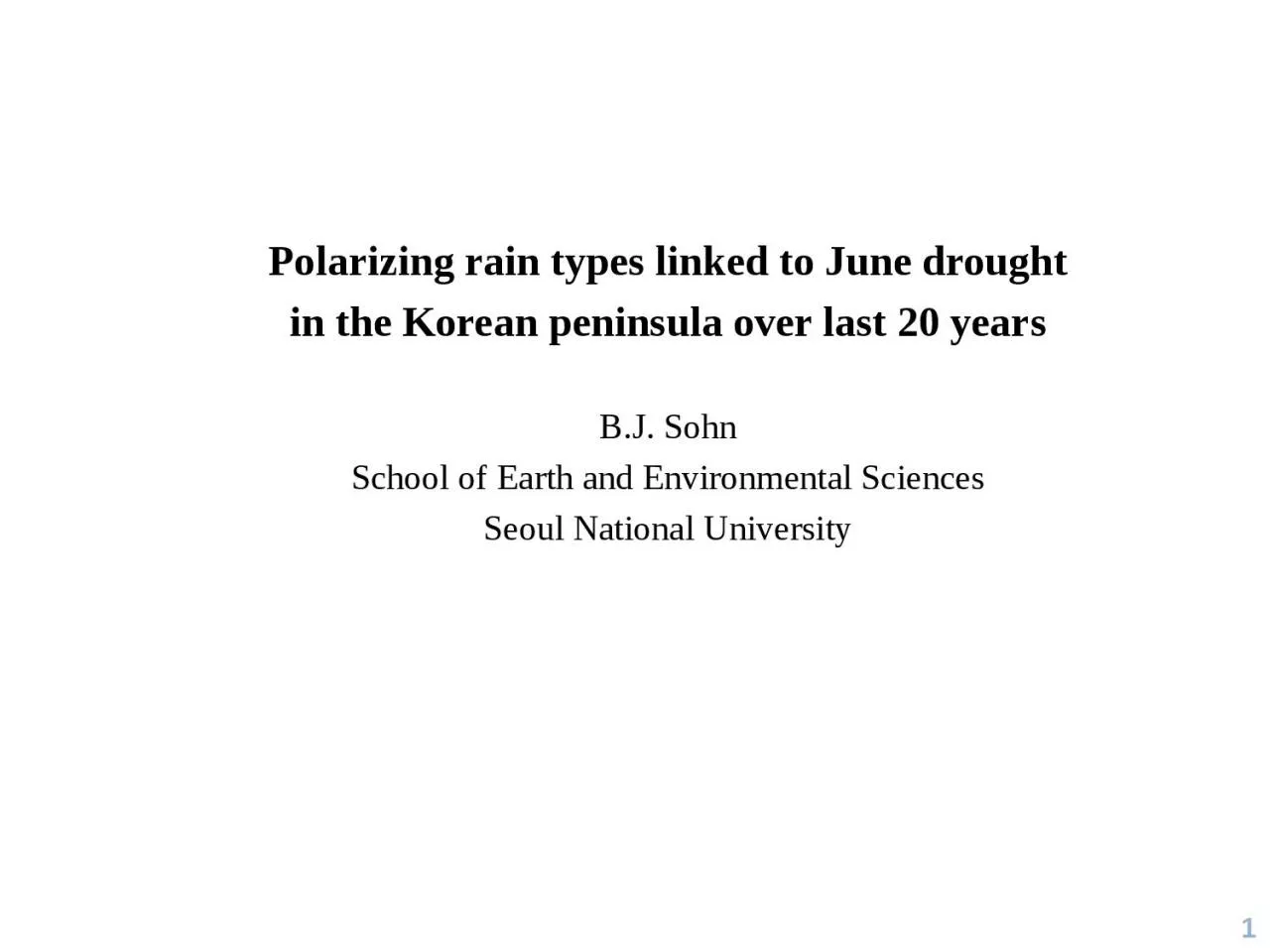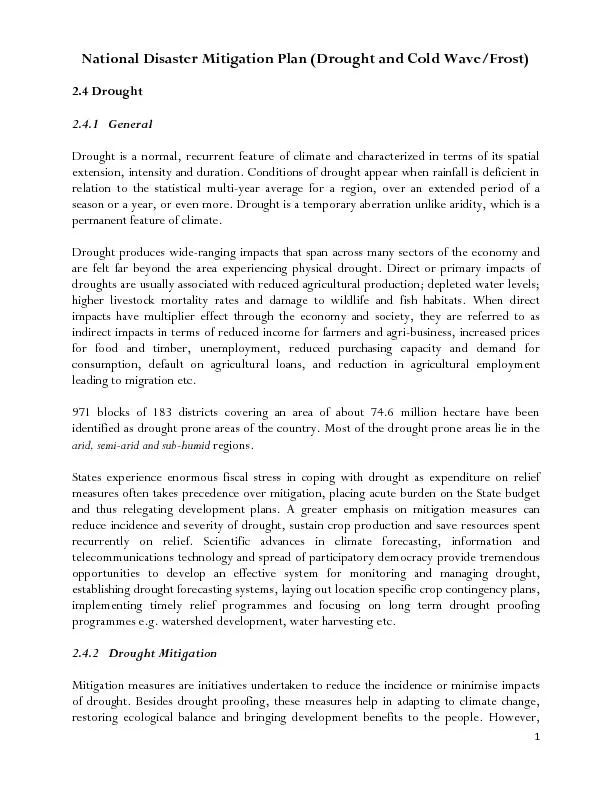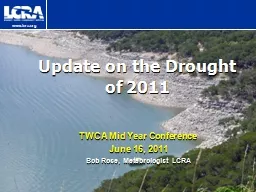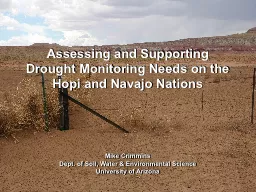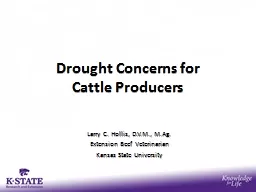PPT-1 Polarizing rain types linked to June drought
Author : SultrySiren | Published Date : 2022-07-28
in the Korean peninsula over last 20 years BJ Sohn School of Earth and Environmental Sciences Seoul National University N S 1000 mb 100 Hong 1992 Numerical experiments
Presentation Embed Code
Download Presentation
Download Presentation The PPT/PDF document "1 Polarizing rain types linked to June ..." is the property of its rightful owner. Permission is granted to download and print the materials on this website for personal, non-commercial use only, and to display it on your personal computer provided you do not modify the materials and that you retain all copyright notices contained in the materials. By downloading content from our website, you accept the terms of this agreement.
1 Polarizing rain types linked to June drought: Transcript
Download Rules Of Document
"1 Polarizing rain types linked to June drought"The content belongs to its owner. You may download and print it for personal use, without modification, and keep all copyright notices. By downloading, you agree to these terms.
Related Documents

